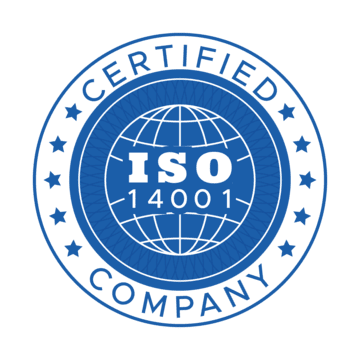Hospital Lift
We understand the critical importance of reliable and safe hospital lifts. In a healthcare environment, where every second counts, the seamless operation of lifts can make the difference between life and death. Our Hospital Lift Inspection service is designed to ensure that these essential systems operate with the highest standards of safety, efficiency, and reliability.
Why Hospital Lift Inspection is Crucial
Hospital lifts are not just a means of transportation; they are lifelines. These lifts are responsible for safely transporting patients, medical staff, and essential equipment between floors. Any malfunction or delay can have serious consequences, potentially compromising patient care and safety.
Regular inspections are vital to:
With some important adaptations for the Indian market, the standards were published on January 10, 2023, with a transition period until December 21, 2024,[1] as:
- Ensure Patient Safety: Our inspections guarantee that lifts operate smoothly, minimizing the risk of sudden stops or entrapments that could harm patients.
- Maintain Operational Efficiency: We assess lift performance to ensure quick and efficient transport, reducing waiting times and ensuring timely medical interventions.
- Compliance with Regulations: NLETA ensures that hospital lifts meet all national safety standards and regulations, protecting your facility from legal liabilities.
- Preventative Maintenance: Early detection of wear and tear prevents costly repairs and ensures uninterrupted service.
Our Comprehensive Inspection Process
NLETA’s Hospital Lift Inspection service is thorough, covering every aspect of lift operation:
- Safety Mechanisms: We test emergency brakes, alarm systems, and communication devices to ensure they function properly in an emergency.
- Load Testing: We assess the lift’s capacity to handle its maximum load, ensuring it can safely transport patients, including those on stretchers and in wheelchairs.
- Door Operation: We check that doors open and close smoothly, without delay, and that sensors effectively prevent them from closing on passengers.
- Speed and Levelling: We measure lift speed and ensure accurate levelling at each floor, crucial for patient safety and accessibility.
- Control Systems: We examine the control systems to ensure they respond correctly to commands and that backup systems are in place in case of power failure.
- Cleanliness and Hygiene: Given the importance of infection control in hospitals, we inspect the lift’s cleanliness, ensuring it meets the highest hygiene standards.
 National Lift Escalator Testing Agency
National Lift Escalator Testing Agency




